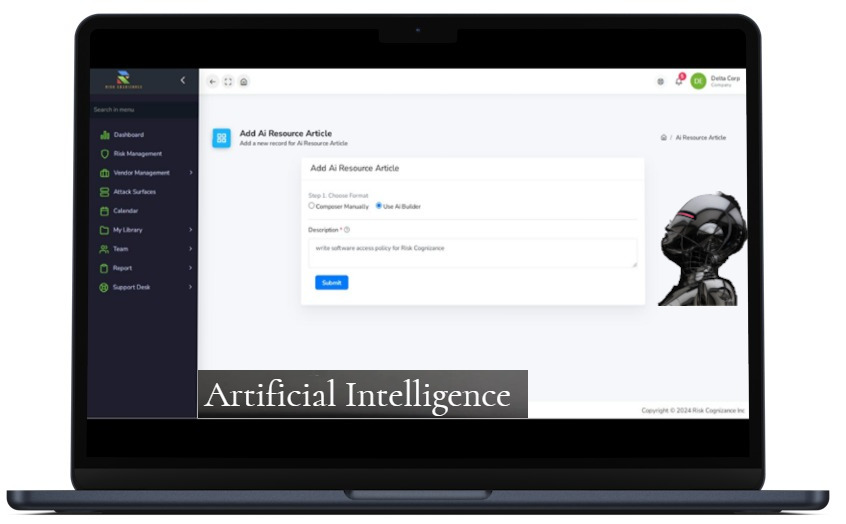Overview
Global revenues for governance, risk, and compliance (GRC) software are projected to grow significantly, reaching approximately $16.2 billion by 2025. The GRC market has experienced robust growth, with a year-over-year increase of 8.2% reported in recent years. This upward trend is fueled by a heightened demand for well-coordinated GRC solutions that address the complexities of modern business environments.
Market Dynamics
The need for effective GRC strategies has become increasingly important as organizations navigate a complex regulatory landscape and evolving risk scenarios. Businesses emphasize enhancing their compliance efforts in response to new regulations concerning privacy and security. Additionally, corporate boards face increasing environmental and social governance pressures, prompting a reevaluation of industry governance practices.
Why Risk Cognizance Matters
Risk cognizance refers to an organization's awareness and understanding of risks. It involves recognizing potential threats, assessing their impact, and developing mitigation strategies. This proactive approach is essential for effective governance and compliance, enabling organizations to make informed decisions and respond swiftly to challenges.
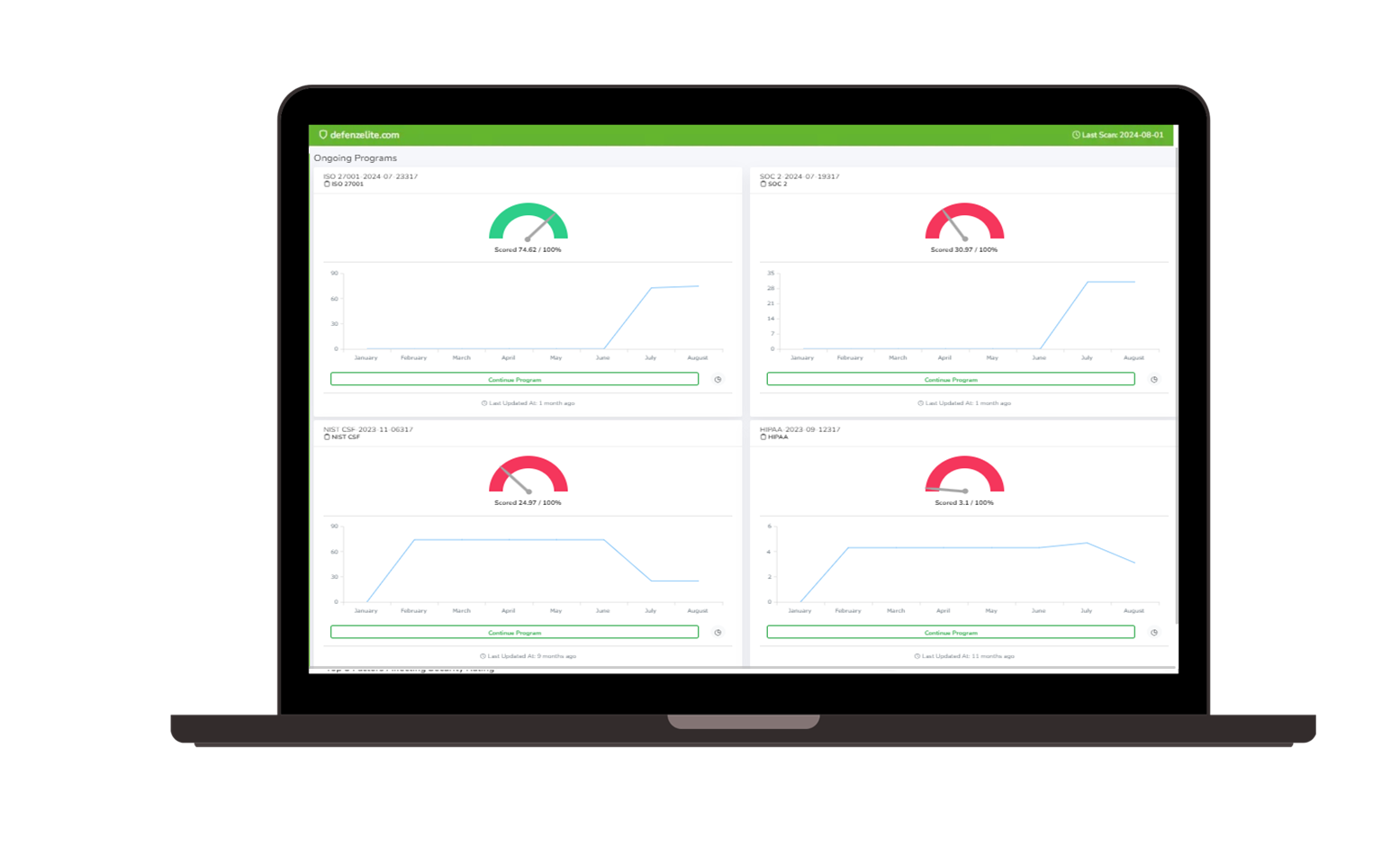 Governance, Risk, and Compliance (GRC) | 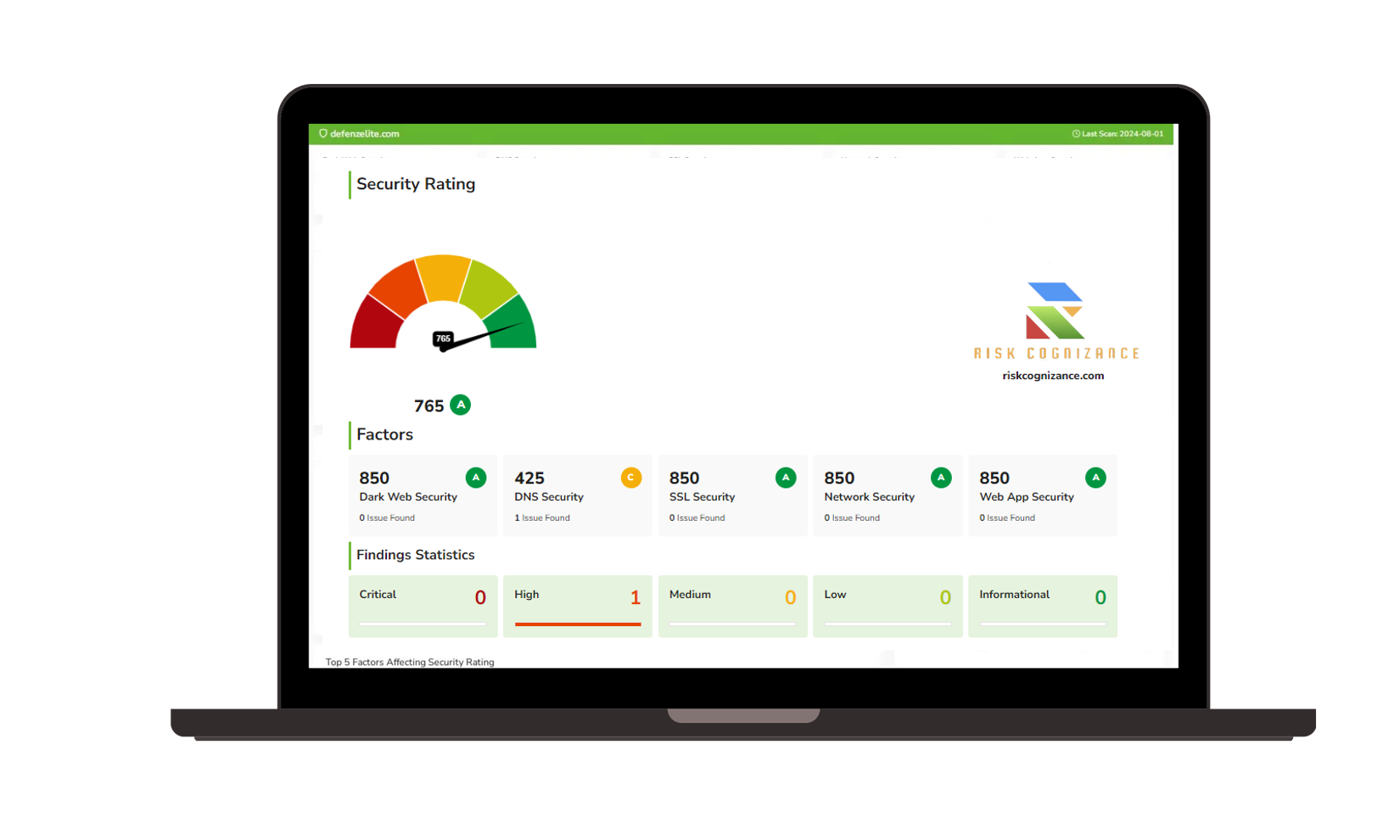 Third-party Risk Management |
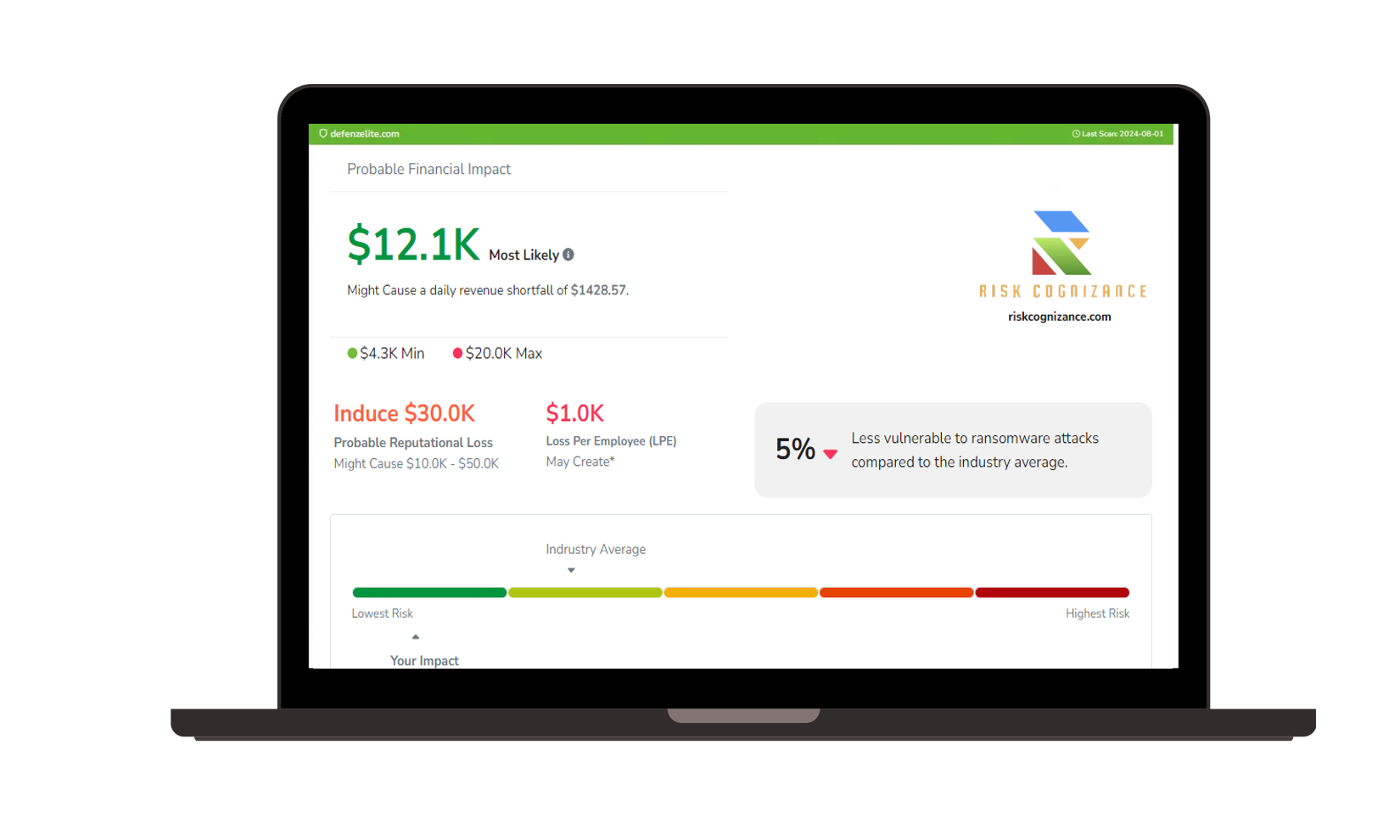 Ransomware Susceptibility | 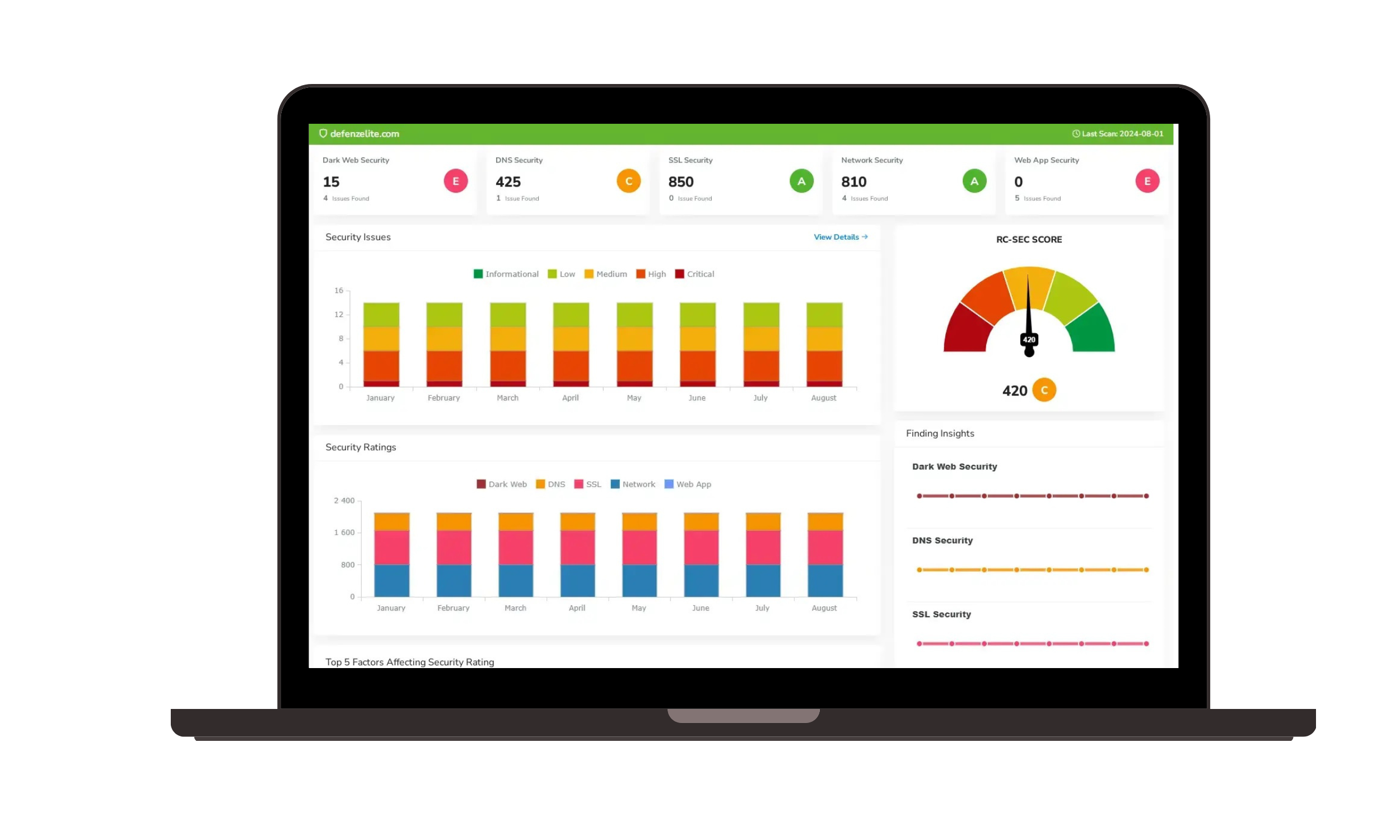 GRC and Attack Surface |
Artificial Intelligence | |
Benefits of Risk Cognizance
- Informed Decision-Making: Organizations aware of their risks can make strategic decisions that align with their risk appetite and business objectives.
- Enhanced Compliance: Understanding regulatory requirements helps organizations stay compliant, reducing the likelihood of legal issues and penalties.
- Improved Resilience: With a solid grasp of potential risks, organizations can implement measures that enhance their resilience and ability to recover from disruptions.
- Increased Stakeholder Trust: Demonstrating a commitment to risk management fosters trust among stakeholders, including investors, customers, and employees.
Revenue Growth Across GRC Categories
All categories of GRC solutions are expected to see revenue increases, with particularly strong growth anticipated in business continuity and environmental, social, and governance (ESG) sectors. Compliance and risk management are also expected to experience notable growth, along with emerging areas such as privacy, third-party risk management, and environmental health and safety.
“The GRC market is poised for significant expansion as organizations seek to automate and navigate the complexities of evolving governance, risk, and compliance requirements,” noted a research manager in the GRC sector. Understanding how companies engage with these solutions will be crucial for providers looking to tailor their offerings to meet market demand.
Survey Insights
A recent survey of GRC users revealed that nearly two-thirds of organizations utilize multiple GRC solutions, with some employing five or more. However, those with a higher number of solutions often face integration challenges, indicating that substantial investments in GRC may not always translate into efficient implementation.
Key Findings
- IT and security risk management remains the most widely adopted GRC solution, followed by data privacy management and corporate social responsibility tools.
- Many organizations plan to increase GRC spending in the coming years, with IT and security risk management identified as the top area for future investment.
- There is a strong desire among companies for more integrated GRC solutions, but opinions are divided regarding the preference for custom versus standardized offerings, with siloed solutions generally viewed as unfavorable.
- Approximately one-third of respondents still require on-premises GRC deployments, while half expect a rise in cloud-based solutions in the near future.
Frequently Asked Questions (FAQ)
Q: What is GRC?
A: GRC stands for governance, risk, and compliance. It refers to organizations' integrated approach to align their governance frameworks, manage risks, and adhere to regulatory requirements.
Q: Why is risk cognizance important?
A: Risk cognizance helps organizations identify potential threats, assess their impacts, and develop mitigation strategies, leading to better decision-making and increased resilience.
Q: What are the main benefits of implementing GRC solutions?
A: Key benefits include enhanced compliance, improved risk management, better decision-making, increased operational efficiency, and greater stakeholder trust.
Q: How can organizations improve their GRC integration?
A: Organizations can enhance GRC integration by standardizing processes, leveraging technology for better data sharing, and fostering a culture of collaboration among departments.
Q: What trends are driving growth in the GRC market?
A: Key trends include increasing regulatory pressures, a focus on practices, the rise of data privacy concerns, and the need for robust risk management strategies in a complex business environment.
Request Callback

